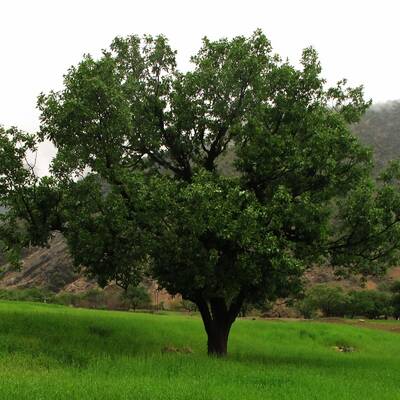Karun River is the largest and most water-rich river in Iran that has divided Ahvaz city into eastern and western halves. The length of this river is approximately 900 km which flows through Chaharmahal and Bakhtiari province as well as Khuzestan province. This has been enlisted as a Natural Heritage List of Iran.
The water source of the main branch of Karun is located in Zardkooh in Chaharmahal and Bakhtiari province. The most important branch which is the Dez River rises in the Lorestan Mountains.
In the south of Shushtar, whole the branches are integrated and flow towards Ahvaz. Karun River passes through the heart of Ahvaz, goes to Khorramshahr and then its name is changed to Arvand River, emptying into the Persian Gulf eventually.
Karun River is a place where one of the first civilizations was created next to it, and the sign of life and prosperity have always existed on the banks of the river. This mighty river is the only navigable river in Iran due to its width and high water flow rate. During the Qajar period, shipping was done on this river and Iranian and British merchants could import and export their goods to Ahvaz or Shushtar via the Persian Gulf.
The Karun River has other unique features, such as the variety of fish that live in it. The number of fish species in this river reaches 32.
Several large dams have been built on the Karun River. This river, through Ahvaz, divides the city into two parts, which has led to the construction of large and memorable bridges on it, connecting the two sides of the river. The oldest bridge that was constructed in Ahvaz was the Black Bridge, which was built during the first Pahlavi era in 1929 for the purpose of passing trains. The Black Bridge is also known as the Victory Bridge, as it played the main role in the Allied victory in World War II.
Another famous bridge that crosses Karun is the White Bridge, which is the first suspension bridge in Iran. Totally, 8 bridges connect the two sides of the river.
The stunning riverbank, in addition to being home to many migratory birds, welcomes visitors with a variety of tastes who come to the Saheli Street (coastal road) for recreation activities, especially in the second half of the year.

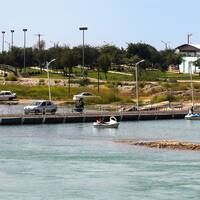
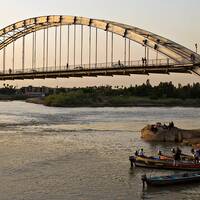
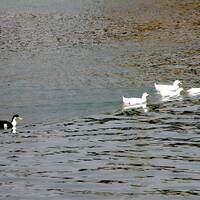
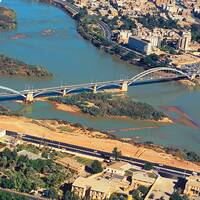
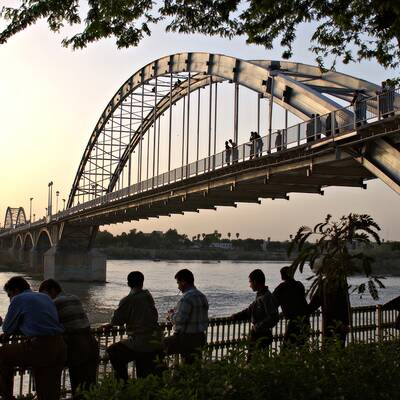
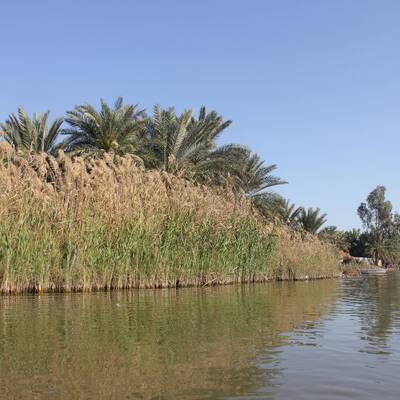
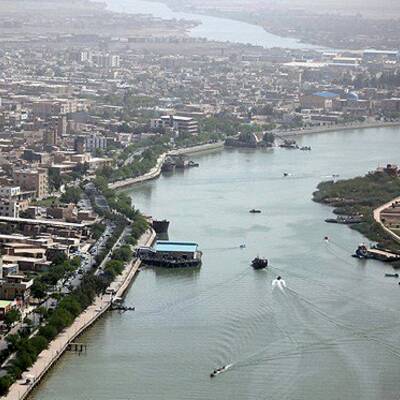
_0.jpg)
